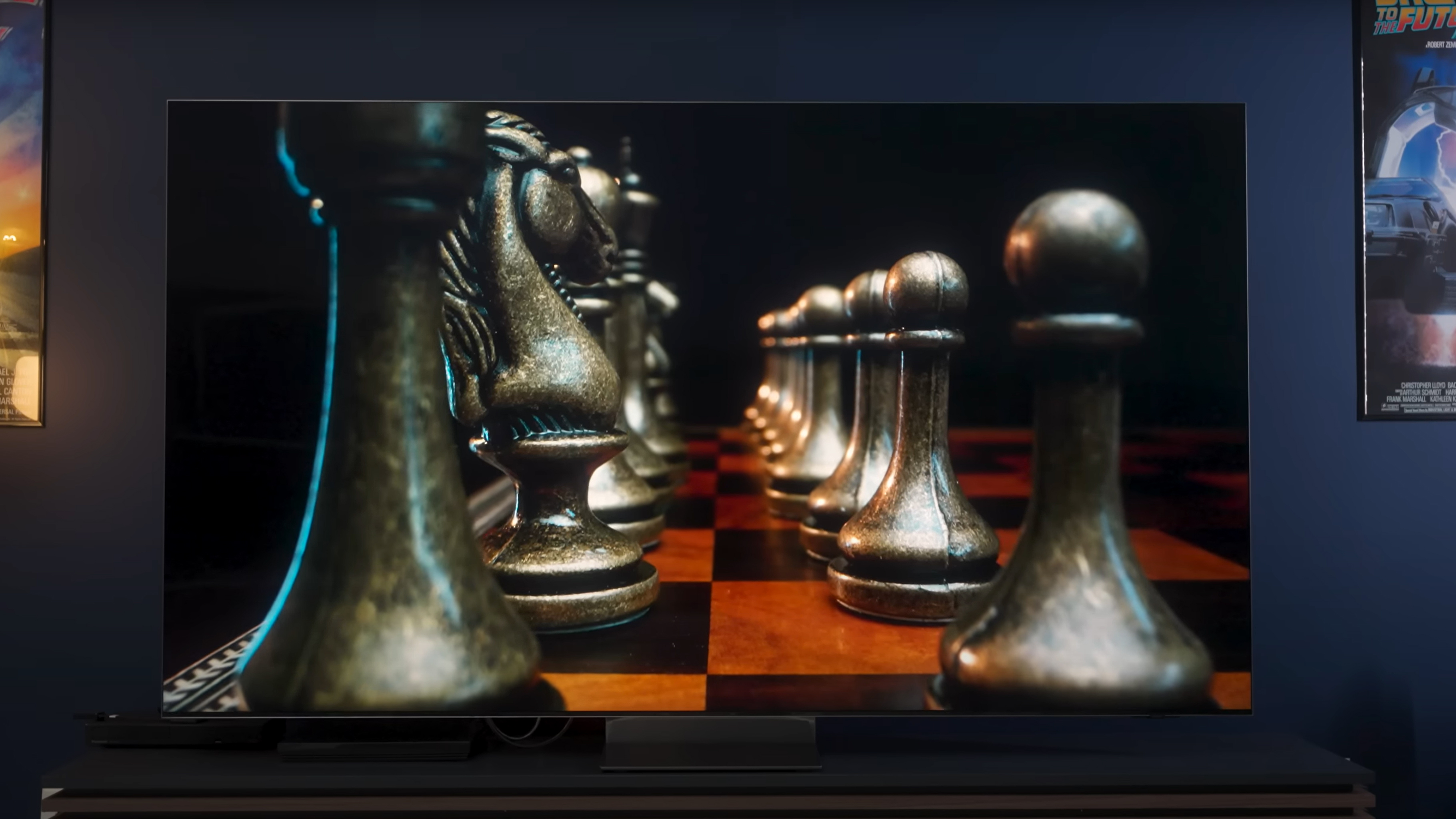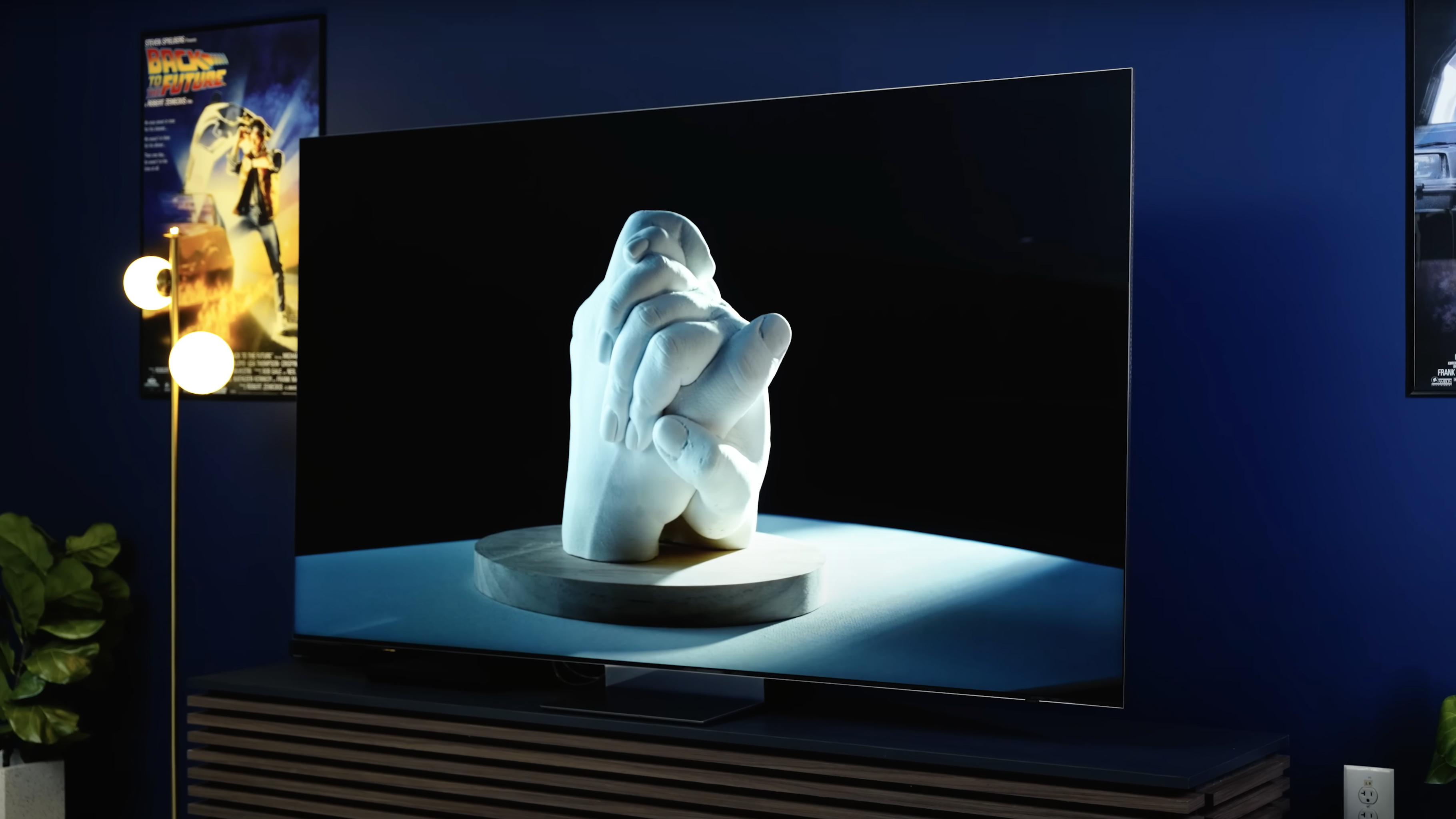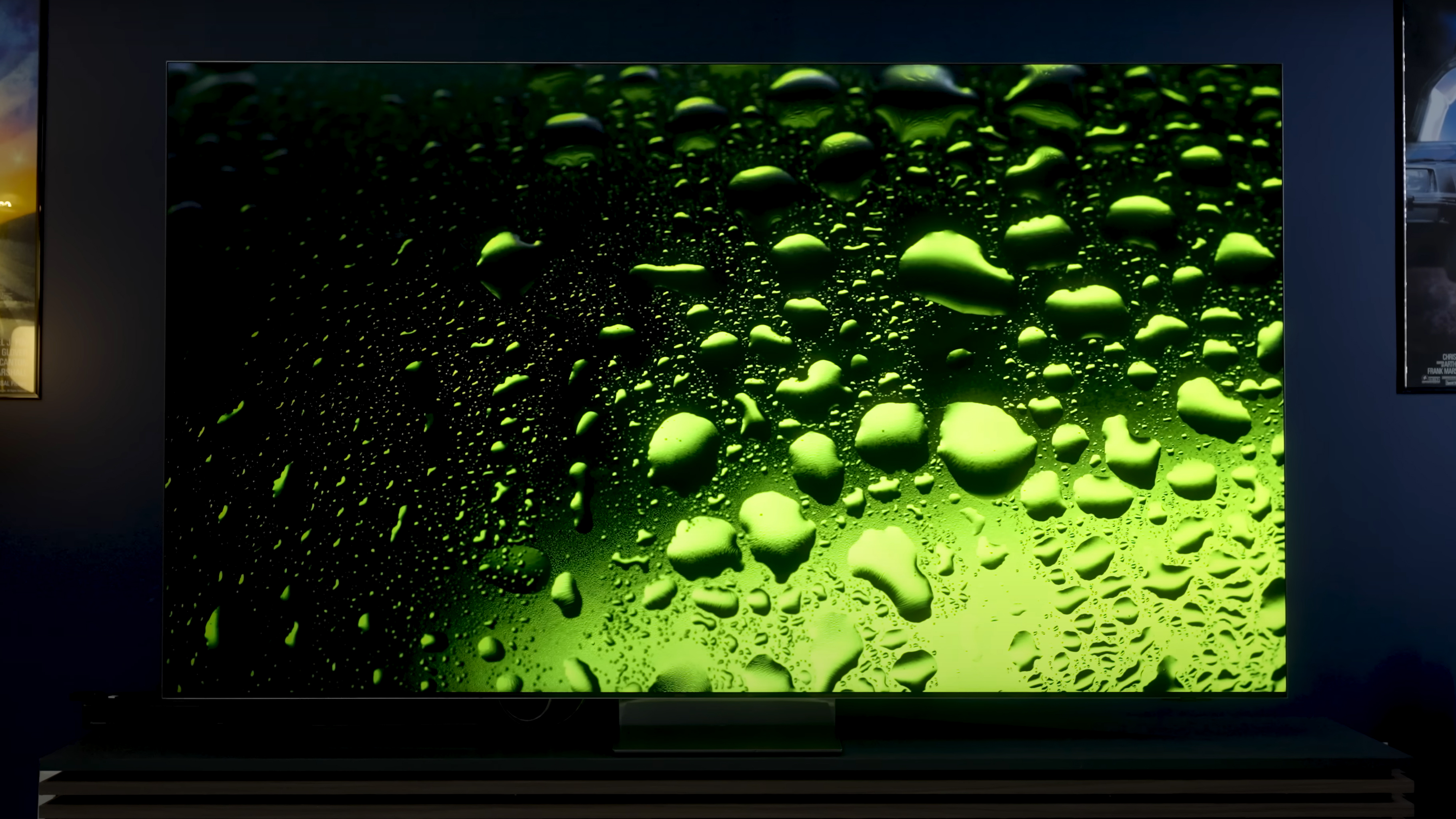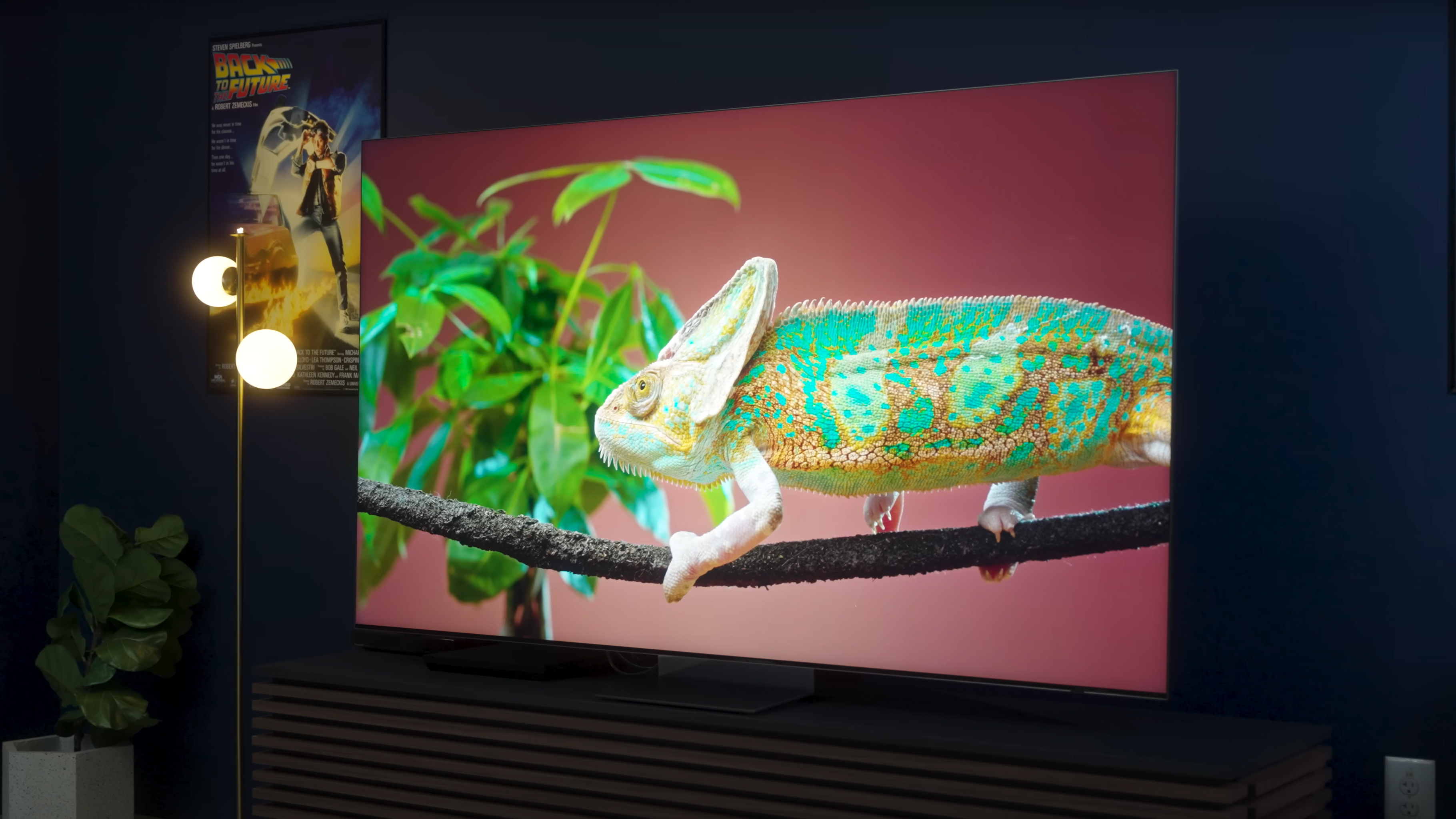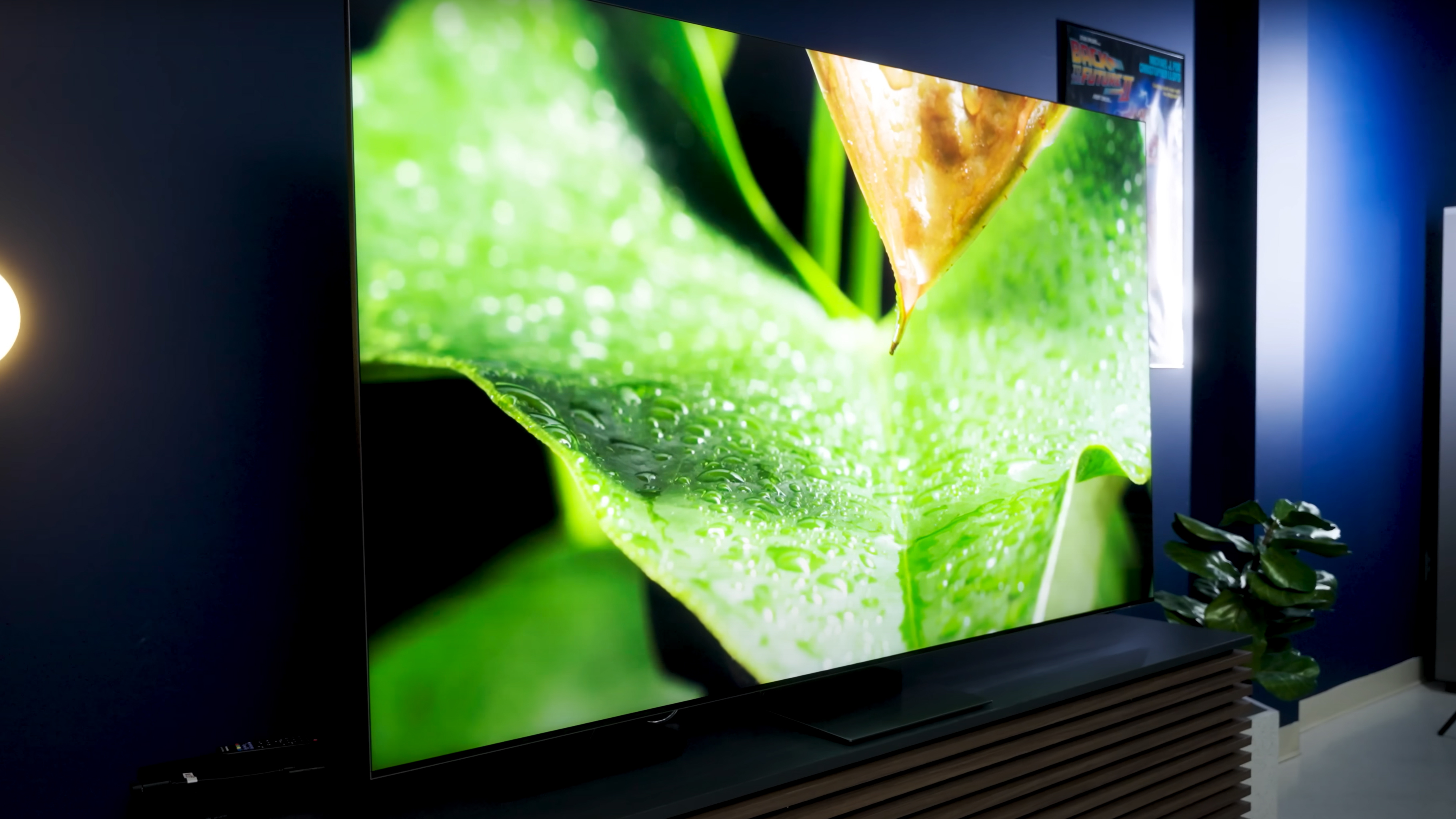I just got back from a visit with Samsung in New Jersey, where I got early access to some 2024 TVs. It’s a trip I’ve been looking forward to since CES, where, quite frankly, Samsung had so many products to look at and cover at its First Look that it was hard to dive into anything with any real depth.
Today, we’re going to take a closer look at the 2024 Samsung QN900D — Samsung’s flagship 8K TV this year. But before I dive into the TV, let me manage expectations a bit. The good news is I got to measure several TVs during my visit and do a fair bit of subjective analysis, so I have some things to say about picture quality for each model that I’ll cover over the coming days. Still, I only got a few hours with the TVs, so these are not full reviews.
With that in mind, let’s talk about the .
What’s new
Let’s be honest: 8K TVs are a tough sell these days. And Samsung is one of the last major TV manufacturers to put real effort into an 8K TV lineup.
While it used to be that the best technology was reserved for 8K TVs — you’d buy one to have the best tech, not for the 8K resolution — that’s not entirely the case anymore. Samsung’s 4K Neo QLEDs have killer tech in them, too. But, still, Samsung’s 8K lineup gets all the goodies, and the QN900D is at the top of the lineup. So it’s safe to say that the QN900D is the best Neo QLED TV that Samsung makes.
- 2. Samsung QN900D
So, how does Samsung’s best QLED TV look? Pretty freaking fantastic. I’ll get into that in a moment. First, here’s a quick reminder about what’s new for this model this year.
This may be the thinnest 8K TV I’ve seen. Thin is still in, even though it seems like we’re a bit more forgiving of thicker TVs if the picture performance is there.
We hope this translates to even better upscaling and cleanup of low-bit-depth content.
But really, much of what’s new is not stuff I could really dig into much on this short trip. We’re talking about a refreshed Tizen smart TV OS, including a new Health App, new SmartThings implementations, and a new Knox Security chip, which finally makes this Smart TV as secure as your phone. This is more important than ever.
The QN900D also gets Samsung’s all-new NQA AI Gen 3 processor, which features an on-chip AI engine twice as fast as before and sports eight times the neural networks. What we hope this translates to is even better upscaling and cleanup of low-bit-depth content like the stuff you get from a lot of streaming services, including Samsung’s own TV Plus. Apparently, the new processor does a better job of taking low-resolution content and upscaling it to 4K before finally scaling that up to 8K for display on the TV’s 8K panel. That’s crucial, because it’s getting that low-resolution content up to the 4K level that’s super hard. Upscaling 4K to 8K isn’t nearly as tough, and Samsung mastered that art a while ago.

For sports fans, the new AI processor (we talked with Samsung about it back at CES) is reportedly smart enough to recognize a ball — like a soccer ball, football, tennis ball, and even something as small as a golf ball — and apply some clarity to that ball, even as it moves quickly. Anyone who has watched golf on YouTube knows the tiny ball is often a mess as it travels across the screen. That’s because there’s very little picture information for that little object, and so it comes across as a nondescript white mass on the screen. I have high hopes for this new processor, and that’s definitely something I’m going to scrutinize in the full review.
I should also mention that the QN900D can do up to a 240HZ variable refresh rate for gaming, which is huge. I haven’t checked the source resolution limitations on that or exactly how Samsung is pulling that off, but I’ll be diving into that in the full review as well.
How it looks
What I can tell you right now, though, is that Samsung’s upscaling has taken a notable leap forward. I tested some low-resolution and low-bit-rate streaming content on this TV and was mighty impressed. Samsung has closed the gap with Sony around upscaling and motion resolution to the point that it’s going to be a tight race this year.
As for measurements, here’s what I have so far. The QN900D looks extremely good in its Filmmaker mode, both for SDR and HDR.
Errors were well below the visible threshold across a whole suite of tests. The white balance and color accuracy were excellent, and the TV didn’t overly brighten anything in this mode, which is good because that means Samsung is honoring the accuracy that Filmmaker mode is meant to offer.
But if you want this TV to over-brighten things a bit, it sure will. And I think that’s going to make a lot of folks happy when they watch dark HDR content — because it will make that dark content easier to see in a room other than one that’s pitch black.
It’s possible Samsung reduced backlight anomalies at the expense of just a bit more brightness.
Speaking of brightness, the QN900D came through at 2,400 nits peak white from a 10% window (more on that in a moment). More impressive was the QN900D’s HDR color accuracy. Often, this goes out the window, even with TVs that have impressive SDR color accuracy. But the QN900D really held it together, even when it was reaching for the stars with far-out BT.2020 colors.
As for the TV’s local dimming system, I observed lightning-quick backlight dimming, which meant that when white caption text disappeared or transitioned off a black letterbox bar, very little bloom was left behind.

In fact, blooming and halo effect were pretty minimal. I didn’t count zones, but the halo effect was minimal — even off-axis, which is very impressive. While I don’t know the backlight count and the zone count for this TV, I can say that whatever Samsung has used, it’s very effective.
That may account for the TV’s perhaps lower-than-hoped-for peak brightness measurements. It’s possible Samsung reduced backlight anomalies at the expense of just a bit more brightness. I think that was the right call. There will always be a trade-off between peak brightness and halo/blooming control when we’re talking about LCD TVs.
Now, when I say “lower-than-hoped-for” peak brightness, I’m not talking about my personal hopes. Rather, I think there’s been some hope built up among TV enthusiasts that if TCL and Hisense are turning out 5,000- and 10,000-nit mini-LED TVs, something like the QN900D would punch a little higher in the brightness category.
Holy moly, does it get bright — almost 800 nits full-screen white, which is nuts.
I don’t think that ever was or should have been a foregone conclusion. First off, those sky-high flagships from Hisense and TCL are sure to cost a mountain of money — way more than the QN900D here. Second, we don’t yet know how functionally valuable that brightness is going to be.
So, don’t get hung up on those brightness numbers. The QN900D here is no slouch of a TV. Holy moly, does it get bright — almost 800 nits full-screen white, which is nuts.
In the end, I was very impressed with the QN900D. It’s bright, super-colorful, and delightfully accurate if you want it to be. Plus, it’s just loaded with features, unlike any other TV brand out there. It’s a pricey TV, yes, but you sure do get a lot with it.
In an effort to offer even more with this TV, Samsung is running a short-term promotion wherein if you preorder the QN900D, you’ll get a free 65-inch TV. Here’s the QN900D preorder page with more details if you are interested.




